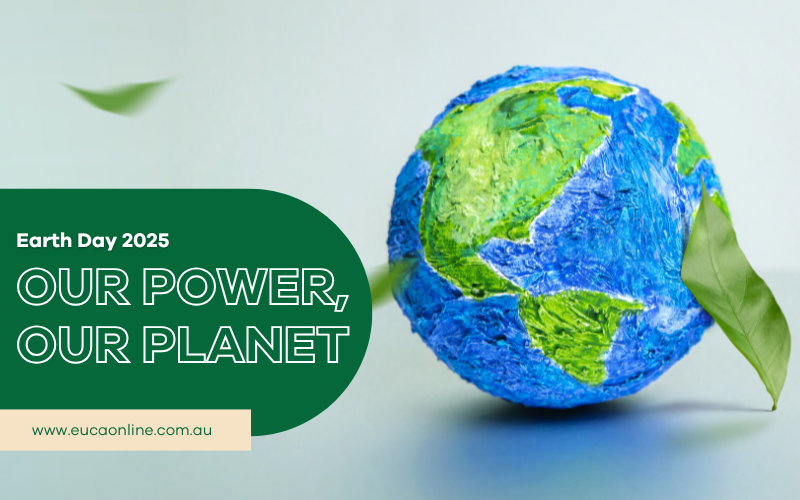0 comments
The colour green is associated with healing and an ecological approach to life. Green Chemistry is a technique that uses innovative chemical technologies which reduces the usage of hazardous materials in designing, manufacturing and using of cleaning products.
The colour green is associated with healing and an ecological approach to life. Green Chemistry is a technique that uses innovative chemical technologies which reduces the usage of hazardous materials in designing, manufacturing and using of cleaning products. Using Green Chemistry in cleaning products aims to reduce the harmful effects of chemicals on our environment and on human health. At Euca, we employ Green Chemistry in our cleaning materials to protect your loved ones today and their futures tomorrow. Curious about how Green Chemistry came about? Here are the 12 principles of Green Chemistry outlined by two organic chemists named Paul T. Anastas and John C. Warner.
1. PREVENTION
Have you heard the saying ‘Prevention is better than cure?’ According to these organic chemists, it is better to prevent the creation of waste than to clean or treat it. Don’t create an environment filled with chemicals that could bring about harmful effects. Prevent harmful situations by using natural cleaning detergents such as Euca cleaning products?
2. ATOM
Synthetic methods should be implemented to fully incorporate all of the materials used in the process to create the final product.
3. LESS HAZARDOUS CHEMICAL SYNTHESES
If it is possible, synthetic methods should contains no or with a little amount of toxicity to human’s health and the environment.
4. DESIGNED FOR SAFER CHEMICALS
Chemicals used in all products should be designed to do their desired function while minimising their toxicity to human health or the environment.
5. SAFER SOLVENTS AND AUXILIARIES
Usage of additional substances should be made unnecessary wherever it is possible.
6. ENERGY EFFICIENCY DESIGNED
The energy required to produce chemicals and their economic and environmental impacts should be acknowledged and minimised.
7. RENEWABLE RAW MATERIAL USE
Recycle raw materials whenever possible.
8. LESSEN DERIVATIVES
Unnecessary derivatives such as blocking groups should be minimised or avoided if possible, because it requires additional reagents and can generate waste.
9. CATALYSIS
If possible, catalytic reagents should be selected and should be superior to stoichiometric reagents.
10. DESIGNED FOR DEGRADATION
Chemicals should be designed for degradation so that at the end of their function, they break down into products that do not harm the environment.
11. POLLUTION PREVENTION REAL-TIME ANALYSIS
Analytical methodologies should be fully developed to allow for real-time monitoring and control before the formation of harmful substances.
12. SAFER CHEMISTRY FOR ACCIDENT PREVENTION
Substances used in chemical process should minimise the possibilities for chemical accidents including releasing harmful gases or explosions. Ready to live healthier, greener lifestyle? Try Euca today and harness the power of Green Chemistry!


































Write a comment